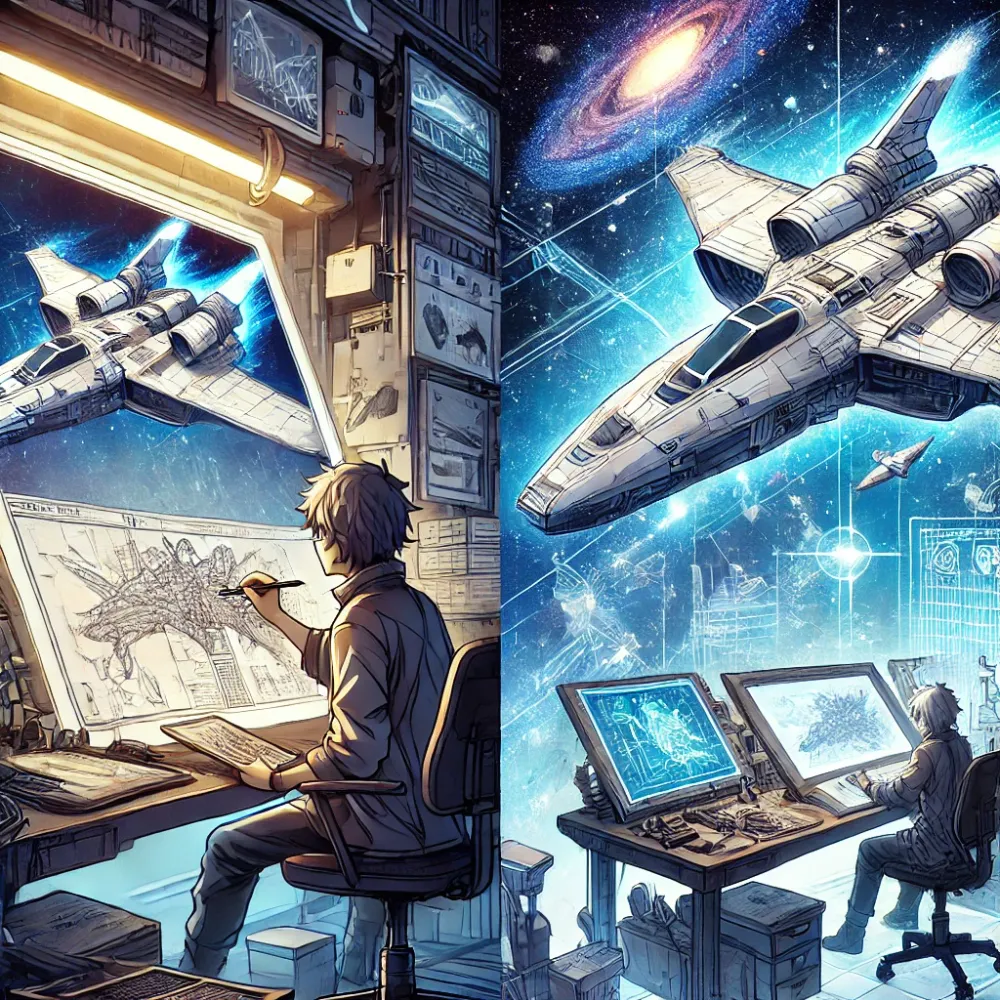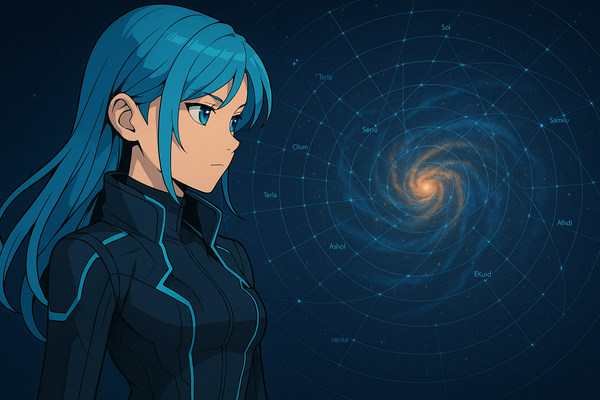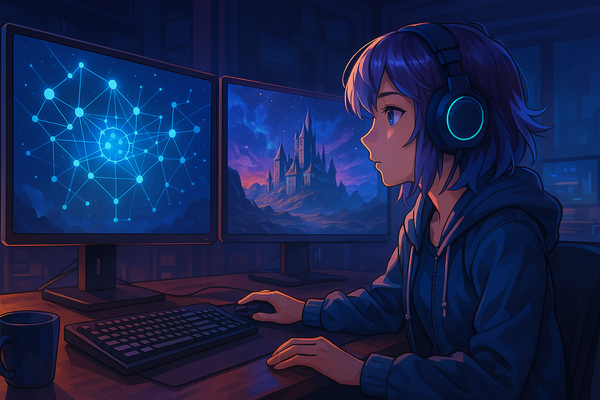From concept to galaxy: The art of designing spacecraft in games
Designing spacecraft in video games is a complex process that combines artistic creativity with technical precision to create immersive and functional in-game vehicles.
Conceptualization and inspiration
The design process often begins with gathering references and inspiration from real-world machinery and existing sci-fi media. This foundational step helps in creating believable and relatable designs. For instance, Jort van Welbergen emphasizes the importance of deconstructing everyday machines to inform spaceship design, ensuring functionality and realism (The Gnomon Workshop).
2D Sketching and shape exploration
Initial sketches focus on exploring shapes and silhouettes to establish a unique and recognizable form. This stage allows designers to experiment with various configurations, balancing aesthetics with intended functionality. As noted in a Creative Bloq tutorial, ensuring that the craft fits within the game's mechanics is crucial, which can involve adding modular parts like weaponry or specialized equipment (Creative Bloq).
3D Modeling and detailing
Transitioning from 2D sketches to 3D modeling involves building detailed models using software like Blender, ZBrush, or 3D-Coat. This step adds depth and realism, allowing designers to refine the spacecraft's structure and intricate details. For example, Joe Gloria utilizes 3D-Coat and ZBrush to create detailed hard-surface models, culminating in a 360-degree turntable of a sci-fi vehicle.
Functional considerations
Designers must consider the spacecraft's role within the game, ensuring that its appearance and capabilities align with gameplay mechanics. This includes decisions about speed, armament, and special abilities, all of which should be visually communicated through the design. In the game Fractured Space, for instance, each ship's design reflects its function, with visual elements indicating its role and capabilities.
Integration into gameplay
The final design must integrate seamlessly into the game's environment, complementing the narrative and enhancing player immersion. This requires collaboration between designers, artists, and developers to ensure that the spacecraft not only looks compelling but also functions effectively within the game's world.
Designing spacecraft for video games is a multifaceted process that requires a balance between creative artistry and practical functionality. By following a structured approach from concept to final integration, designers can create spacecraft that enhance gameplay and contribute to an immersive gaming experience.




